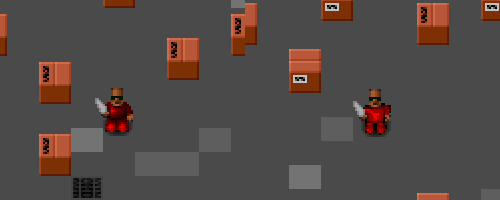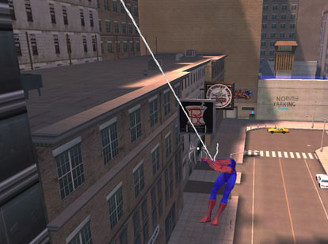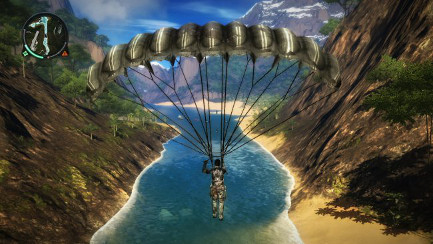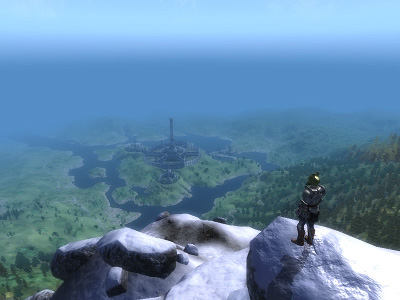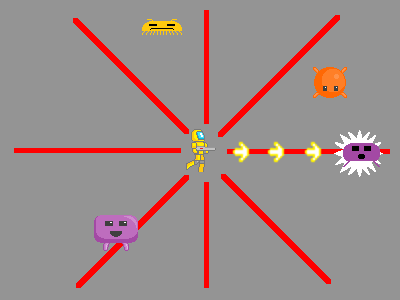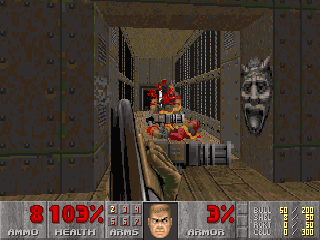In the recent C-Dogs SDL release, I introduced a new walk cycle animation using pre-rendered 3D sprites; check it out (before, after):
The content pipeline goes like this: Blender, bash/python render scripts, Imagemagick touch-up, montage spritesheet. The results are surprisingly good, given that no manual retouching was required; I can directly edit the blender file, and create updated spritesheets.
Background
Initially I was leery of this whole project. Pixel art is usually done by hand and laborious enough already; creating animations just makes the amount of work explode. The original sprites only had 4 directions (left/right can’t be mirrored due to the gun-handedness), 2 poses (unarmed and holding gun), with idle (1 frame) and walk (4 frames) animations, for a total of 4 × 2 × (4 + 1) = 40 frames. The project was to show all 8 directions with an improved walk cycle of at least 8 frames, which would make the total number of frames balloon to 8 × 2 × (8 + 1) = 144 frames. That’s a lot of work to do manually!
Not only that, but there are future plans for more improvements, like “textures”, different body types, different animations, each of which multiplies the amount of sprites.
Obviously the alternative is to model and animate the whole thing in 3D. But there are big questions around this approach. Will the animations look as good? Can rendered sprites avoid that “rendered” look?
Read more
This is what pre-rendered sprites looked like in the 90’s
